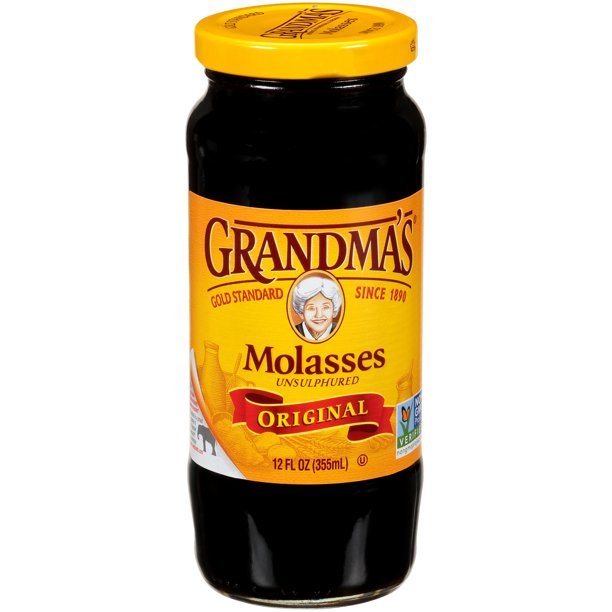No, we can’t say “Just buy all of the plants.”
It's the end of spring, and things are heating up. People are planning garden parties, barbecues, and pool parties every weekend between now and September. Preparing for an outdoor party isn't just about the food and who you will invite, though. Much of it takes planning well in advance. And yes, you can just have people come and go and do all the work for you, but sometimes you want to do the work yourself. You've got to plan out the garden, patio with seating and arrangements, the grill, and then all the food. Fortunately, you're not alone in this, and we can help.
Courtesy of ThorstenF
Cleaning up the outdoors
Garden
Let's get started then with your garden. Take a look around, and consider where it is now and where you want it to be before guests come. Is it at that point? If so, feel free to skip this! If not, let's dig in.
By this point in the year, you've probably got weeds coming up in between your bricks and cement as well as in your garden beds. Start with applying a layer of borax in between all of the cracks and let it sit for an hour or so. While that is going, let's tend to your garden beds and get those weed-free. Make sure that as you pull, you've got a basket to toss them into; this way, they don't get left in the beds to regrow or drop seeds. When you're done with that, it should be time to hit the bricks with your vacuum and gather up all of the borax. Once you've gathered it all up, go ahead and grab your powerwasher. At this point, the weeds are very much dead, and all you need to do is blast them out of existence, so you might as well use the time to give your pathways a scrubbing as well. From here, you can move on to your patio or deck and get rid of the grime for winter. As a last spot, let's go ahead and give the doors coming out onto the patio a quick cleaning. Make sure to pay attention the sills and door frame, as dirt loves to build up there.
Now that everything's looking nice and shiny, let's talk about plants. Do you have any that you've been meaning to add to your garden but haven't gotten to? Have you read our article about dry gardens and been thinking about trying that out? Now's the time to do it. Do you have a particular theme that you want your garden to reflect? Or maybe you just want it to be a colorful riot. Whatever it is, it's sure to be the talk of the party.
Courtesy of Carmen
Patio
Once you've gotten everything cleaned up and your garden sorted, you've got a blank canvas to work from when it comes to planning the party itself. Use this time to think about seating arrangements, cover from the sun, and where you'll have food. Take time to consider how people will move through the space as well. There's nothing worse than having everything become crowded and jumbled because people can't move easily from one area to the next. Once you've got, it worked out, go ahead and sketch out a plan for it so that you know when you're laying things out later on.
You've done the hardest part; now, let's jump back into some cleaning.
While ideally, you'll want to clean your patio furniture at the beginning and end of the season, it's handy to keep some heavy-duty cleaning wipes in a storage area so that you can spot clean as it's needed. For your furniture, we suggest grabbing your vacuum and using the soft bristle brush to go over everything, to gather up dust and pollen and any debris from your weeding earlier. If you've got wicker furniture, you can tackle that with a kitchen cabinet cleaner. It'll clean away messes without leaving residue or stripping off the varnish from your furniture. You can use a couch protecting spray on your cushions, arm rests, and pillows either just after you take them out of storage for the season or after washing them. It'll protect them from stains and make wiping them clean easier later.
It's a good idea to invest in some blankets for benches and coordinating table clothes to create a warm, relaxing feeling for your guests the day of the party. Plus, if you choose the right type of blankets (something in cotton or linen), it can help with keeping people cool. Which, given the Texas heat, we could all use.)
You'll also want to pick up different lights and test them out during the planning stages. Fairy lights are easy to come by, and they create a soft glowing atmosphere while also marking out areas guests can go and can't. Small lanterns on tables can provide pools of light, and if you use citronella oil inside them, you can protect your guests from pests as well.
Courtesy of daniellam
Setting Up Indoors
Celebrate! You've gotten your outdoor area all set up, and now it's time for the last stage, cleaning up and organizing indoors.
Let's start by giving everything a good scrub. We're not talking about the usual cleaning up spills and crumbs; we're talking about making sure everything is shiny for guests. Put away any of your small appliances that you won't be using the day of the party. (This is when having an "appliance garage" is fantastic, in our opinion.) You want to make sure that you have enough room for all of your food, dishes, cutlery etc. You also want to make sure that you've got separation space between your food prep area and your serving area. Ideally, this will be prepping in the kitchen and serving outside, but due to heat, bugs, etc, you don't always want to do things that way. You want to make sure that if you're cooking on a grill outside that, you also have a clear separation between food prep and serving. Nothing is worse than making some delicious burgers and getting everyone sick because you put them onto the same platter you brought the raw meat out on.
Speaking of your grill, this is a good time to go over it. Is it clean? Have you cleaned out any built-up ashes, fat, gunk, etc? Are the grates clean? Have you made sure that you have enough of your fuel of choice and that the grill itself is sound and whole? Better to check these things now, rather than right before the party when you won't have time to fix it.
With all of that taken care of, all that's left is to enjoy the day of the event. Spent time with friends and family, enjoy the food you've made and your garden, and relax, knowing you made all of it happen. It's not always easy to put together a garden party, but it is so worth it for the memories we get to share.
If you do have a party at some point over the weekend, let us know on Facebook and share the photos! We'd love to see what you got up to.
If you wound up here not because you're looking at willingly using your grill but are doing so because your stove quit on you, well, we can still offer help. Believe it or not but we specialize not in organizing backyard parties but in repairing your major appliances. Whether you live in McKinney or Dallas, Coppel or Garland, we have you covered. You can reach out to us on our website or by giving us a call at ((214) 599-0055). We'll work with you to find a time that fits your schedule so that we can get your home running smoothly again.











